I am currently building something which OCRs dates which are written down without much structure/uniformity, i.e. they may be recorded as "Sat 5/8", "Saturday 05/08", "05/08/23", "5/8/2023", etc.
I would like to be able to process this as best as possible (i.e. if it is missing a year, assume that the year should be 2023/2024. so it is a proper Datetime type/object that I can put into a Dataverse column. Something like this exists in Python with dateutil.parser, I'm not sure what I can do similarly in Power Automate that might emulate this functionality short of sending the dates out over a HTTP request to a Python Azure Function or something, but I think this is probably overkill.
Thanks!
I haven't yet tried anything but perhaps there is a complicated regex or something I could use? Not sure!
